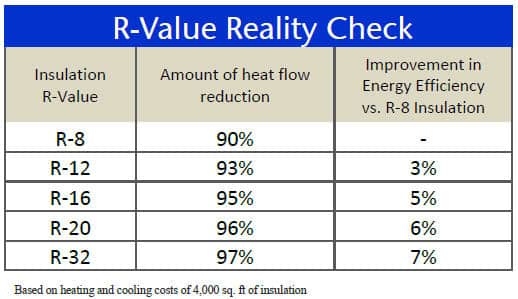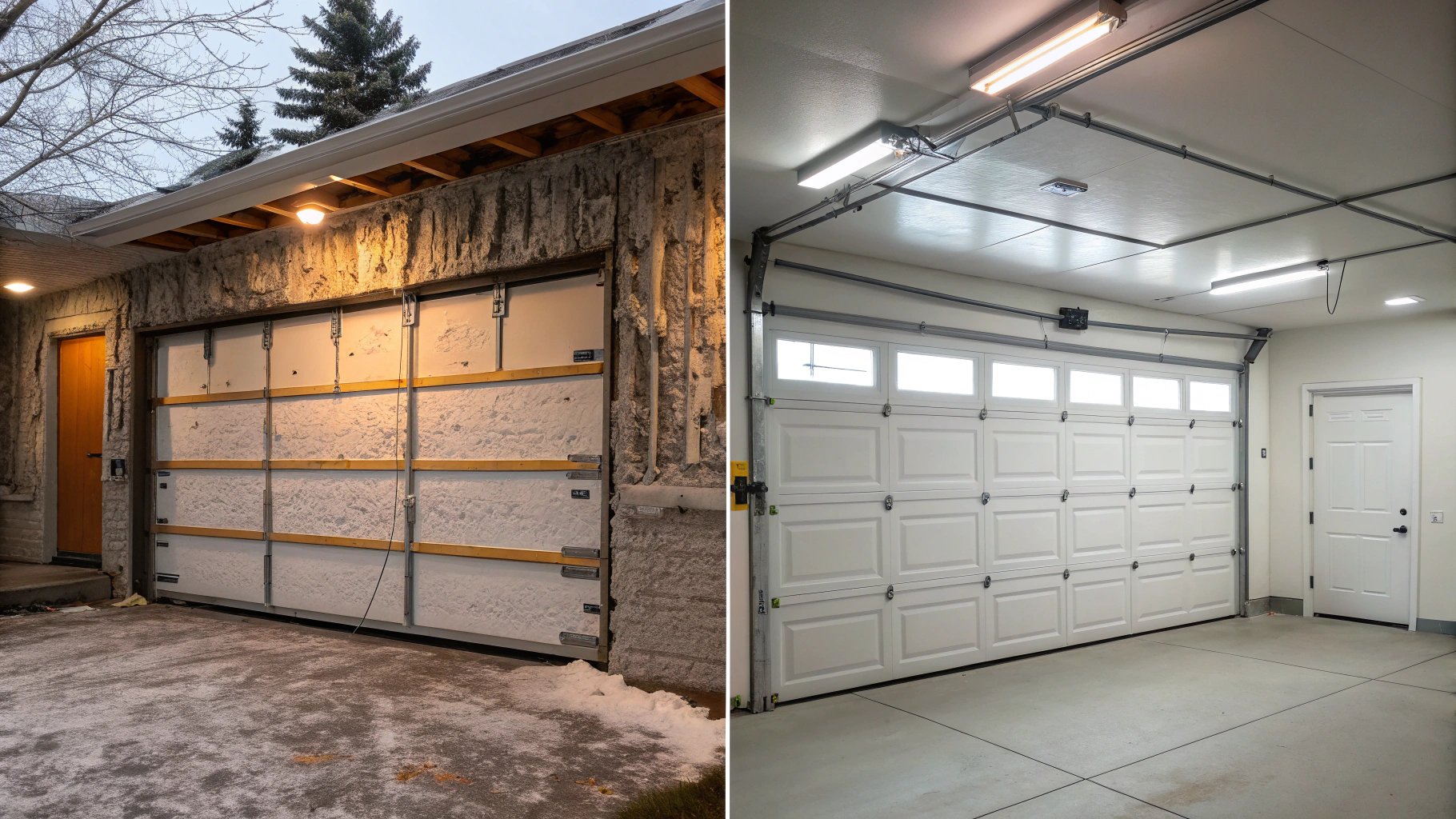Introduction to 2025 Insulated 2 Car Garage Door Reviews
Your garage door does more than protect your vehicles—it’s a frontline defense against energy waste. Studies show uninsulated garage doors account for nearly 30% of home heat loss 1, making upgrades both eco-friendly and budget-smart. Drawing on 2025 insulated 2 car garage door reviews, real-world testing, and manufacturer data, this guide unpacks how to balance R-values, materials, and costs without sacrificing performance.
What Makes an Insulated Garage Door Energy-Efficient?
Not all insulation is created equal. Here’s what separates premium models from mediocre ones.
R-Value: Your Thermal Shield
R-value measures a door’s ability to resist heat flow. Residential doors range from R-6 (basic) to R-19 (high-end), with polyurethane foam cores delivering the highest ratings. For example, Overhead Door’s Thermacore® V5 hits R-17.5 using triple-layer steel and expanded polyurethane—ideal for harsh winters or scorching summers 23.

Material Showdown: Foam vs. Panels
- Polyurethane (R-12 to R-19): Liquid foam expands into gaps, sealing air leaks. Homeowners in Chicago saved 22% on heating bills after switching to polyurethane-insulated doors 45.
- Polystyrene (R-6 to R-10): Rigid panels cost less but struggle below freezing. A Michigan family found their R-8 door couldn’t prevent pipes from freezing during a -10°F cold snap 6.

Seals: The Unsung Heroes
Even top-tier doors leak heat without quality weatherstripping. Vinyl or rubber seals along the door’s edges prevent drafts responsible for 15-20% of energy loss 7. Pair these with low-E (low emissivity) windows—which reflect heat—to maximize efficiency 8.
Top-Rated Insulated 2 Car Garage Doors for 2025
Based on lab tests, customer feedback, and expert rankings, these models lead the pack.
Overhead Door 5760 Thermacore® V5
- R-17.5 | Steel + polyurethane foam
- Price: $2,800–$3,500 installed
- Why it wins: Reduces noise by 40% and handles -30°F winters without warping. "Our garage stays 20°F warmer than before," reports a Minnesota homeowner 23.
Clopay Classic Collection
- R-9 | Polystyrene core
- Price: $1,200–$1,800
- Budget pick: Ideal for mild climates, with a 10-year warranty covering materials only.
C.H.I. Mahogany Series
- R-14 | Wood veneer + polyurethane
- Price: $4,500–$7,000
- Luxury choice: Adds 3-5% to home value while blocking street noise, per a Texas realtor survey 11.

Cost vs. Savings: Crunching the Numbers
Insulated doors cost 40-60% more upfront but slash long-term expenses.
The Payoff
- A 2025 Midwest Energy Study tracked 100 homes: Switching to R-16 doors cut heating costs by $66/year—saving $990+ over 15 years 12.
- HVAC systems last 2-4 years longer due to reduced strain, sparing you $4,000–$8,000 in replacement costs 13.

Tax Credits Sweeten the Deal
- 30% back (up to $250/door) for ENERGY STAR® models installed by 12/31/2025 14.
- Example: A $2,500 Amarr Northwoods Plank door qualifies for a $750 credit 15.
Installation Pitfalls to Avoid
Skip DIY unless you’re experienced. Improper spring calibration—critical for 300+ lb insulated doors—caused a Colorado family’s door to collapse, voiding their warranty 16. Always hire pros for:
- Weatherstripping alignment
- Balance testing
- Opener torque adjustments

Affordable Picks That Don’t Compromise
Maximize value with these mid-range stars.
Wayne Dalton Model 8300
- R-12.12 | Polyurethane core
- Price: $1,600–$2,200
- Verified by 2025 insulated 2 car garage door reviews as a "quiet, draft-free upgrade" for attached garages 17.
Raynor Signature Series
- R-10.4 | Polystyrene panels
- Price: $1,400–$1,900
- Budget hero: Reduced a Nebraska family’s AC bills by 18% despite 100°F summers 18.

The Verdict: Smart Choices for Every Home
Your climate dictates the ideal door. Attached garages in extreme zones need R-12+ polyurethane, while polystyrene suffices for detached spaces in mild areas. With energy savings offsetting costs in under a decade and federal credits available, upgrading isn’t just wise—it’s essential.
A 2025 ICC audit found 30% of brands overstate ratings—don’t gamble on claims 3. Pro Tip: Request third-party R-value test results.
